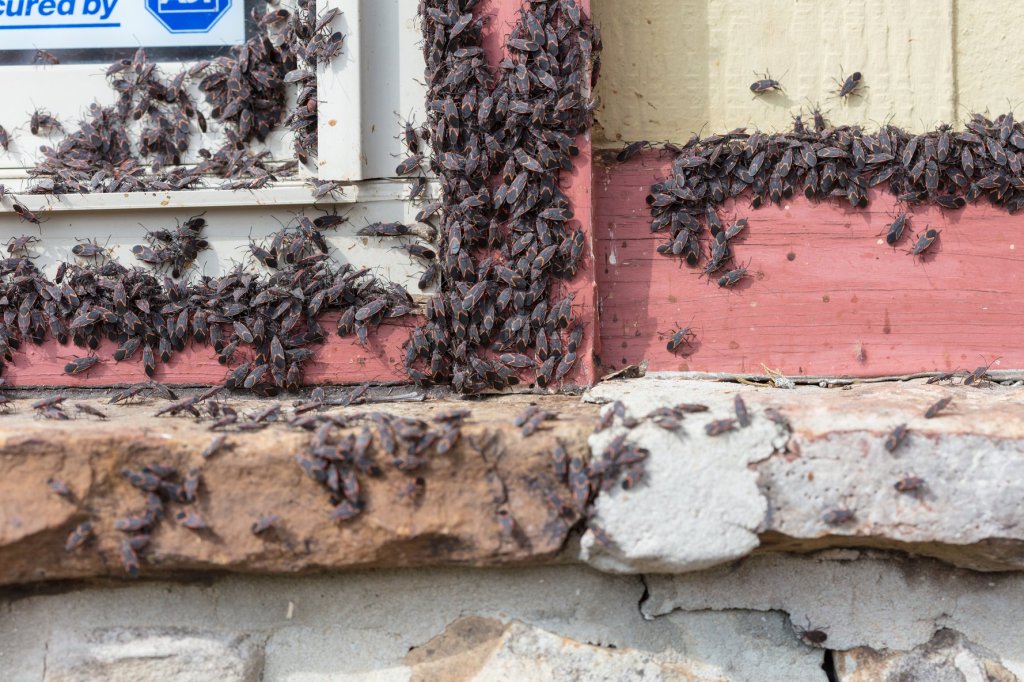Preventing Insect Infestations in Stored Hay Bales
As a homesteader or rural living enthusiast, you know the importance of properly storing hay bales. Whether you use them for livestock feed or bedding, keeping your hay free from insect infestations is crucial. Insects can not only damage the quality and nutritional value of the hay but also pose health risks to your animals. Fortunately, there are several preventive measures you can take to keep those pesky bugs at bay.
1. Quality Control
The first step in preventing insect infestations starts before the bales even make it onto your property. When purchasing hay, always ensure that it comes from a reputable source. Look for suppliers who follow proper harvesting and storage practices to minimize the risk of insect contamination.
Inspect each bale thoroughly before bringing it into your storage area. Look for signs of insects such as holes, webs, or any other unusual activity on the surface of the bale. Avoid purchasing any bales that show these signs as they may already be infested.
2. Proper Storage Location
Choosing an appropriate location for storing your hay is essential in preventing insect infestations. Ideally, select an open-air shed or barn with good ventilation and airflow while avoiding areas prone to excessive moisture.
Ensure that the floor is dry and well-drained to prevent moisture buildup in and around the stored hay bales which can attract insects like mold mites and beetles.
If using a barn loft or stack method, create aisles between stacks so air can circulate freely around each bale during storage.
3. Elevated Stacking
Elevating your stacked hay bales off the ground helps minimize contact with soil-dwelling insects like termites and ants that could crawl up into your stored supply.
Using pallets or specially designed racks allows air circulation underneath while making it harder for pests to access your precious feedstock.
4.Temperature Control
Maintaining the right temperature in your storage area can also play a significant role in deterring insects. While it may not always be possible, try to store hay bales in cool and dry conditions.
Insects are generally attracted to warm and humid environments, so keeping the temperature low helps discourage their presence. Using fans or natural ventilation systems can assist in regulating temperature and preventing moisture buildup.
5. Regular Inspection
Even with all preventive measures taken, it’s important to regularly inspect your stored hay for any signs of insect activity. Catching infestations early on will allow you to take immediate action before they spread throughout your entire supply.
Inspect both individual bales and the surrounding storage area for signs like webs, tunnels, droppings, or live insects. Pay close attention to areas where bales are touching as these spots provide ideal hiding places for pests.
6. Proper Handling
Proper handling techniques during transportation and loading/unloading processes can help prevent introducing insects into your storage area inadvertently.
Use clean equipment when moving hay bales around to avoid transferring pests from one location to another. Clean up any spilled or damaged hay immediately as it can attract bugs looking for a food source.
7. Natural Preventive Measures
While chemical insecticides may seem like an easy solution, many homesteaders prefer more natural approaches when dealing with pest prevention.
Consider using botanical repellents such as lavender sachets or cedar chips strategically placed near stored hay bales. These natural deterrents have been known to repel certain types of insects effectively without posing harm to animals or humans.
Additionally, you could introduce beneficial insects like ladybugs or parasitic wasps into your barn environment as they prey on common pests that target stored feeds.
8. Sealing Vulnerable Areas
To further reduce the risk of insect infestation, seal off any potential entry points in your storage area by caulking gaps in walls or repairing broken windows and screens. This will help keep unwanted insects from finding their way inside.
9. Rotation and Usage
Lastly, make sure to rotate your hay supply regularly, using the oldest bales first. Insects are more likely to target older hay that has been stored for longer periods.
Additionally, avoid overstocking your storage area with excessive amounts of hay. Maintaining an appropriate inventory level will prevent long-term storage and minimize the risk of infestation.
By following these preventive measures, you can significantly reduce the likelihood of insect infestations in your stored hay bales. Taking proactive steps ensures that your animals receive high-quality nutrition while protecting overall barn hygiene on your homestead or rural property.


Leave a comment